The 10 Biggest Cisco News Stories Of 2022
The biggest news for the tech behemoth in 2022 included executive moves, layoffs and real estate rebalancing plans, supply chain challenges, and the company furthering its XaaS strategy.
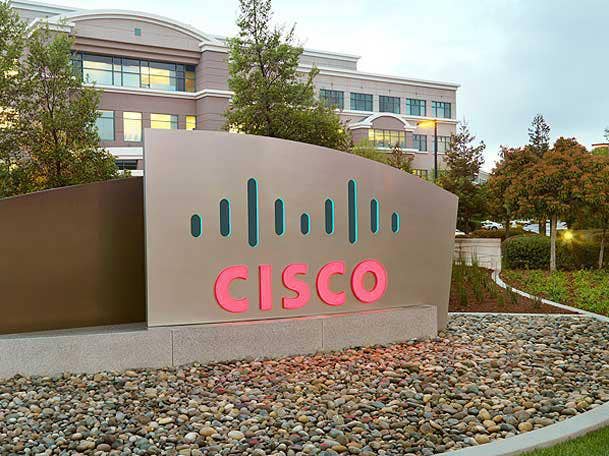
All Eyes On Cisco
The biggest news for Cisco Systems in 2022 didn’t involve product announcements or acquisitions. This year, it was all about executive moves, supply chain challenges, and the company trending toward everything as a service (XaaS) and away from hardware. August proved to be a busy month for the tech giant, who saw one of its top executives, Todd Nightingale, then- senior vice president and general manager of Cisco’s Enterprise Networking and Cloud Business, leave to take on the role of CEO at Fastly. Also in August, the company saw triple-digit growth in its then record-smashing backlog that was increased thanks to supply chain constraints and component shortages. In the same month, Cisco CEO Cuck Robbins reportedly announced internally that the company would increase operating expenses by $1 billion over the next 12 months, in part to raise salaries to stave off employee departures.
There was a noticeable lack of acquisitions in 2022, aside from privately held enterprise software company Opsani in January. The company the following month was rumored to be ready to drop more than $20 billion for Splunk; a deal that never made it to fruition. What did pan out for the San Jose, California-based networking behemoth was significant growth in SMB, which has now been crowned as the fastest-growing segment for Cisco, a company historically thought of as an enterprise player first.
Cisco wasn’t immune to layoffs this year. As the tech industry collectively recalibrates to factor in changes in business IT spending and hybrid work, Cisco in November made news when it announced it would be restructuring in a way that would include layoffs across various business segments and reducing some of its larger campuses and real estate as many employees opt to work from home.
From layoffs and executive departures, to supply chain challenges and new business strategies getting off the ground, here are the 10 biggest Cisco news stories of the year.

Cisco Channel Chief Oliver Tuszik
10 . Cisco Moves SMB Under Indirect Team As Segment Becomes ‘Fastest Growing’
2022 saw Cisco significantly up its SMB focus, but in a different way than the tech giant’s small business plays of the past that saw limited success.
Cisco in April cranked up its small business segment by moving in under its Global Partner Organization under the leadership of Cisco Channel Chief Oliver Tuszik. SMB was the fastest-growing segment for Cisco during 2022 with 28.5 percent growth in bookings for its 2022 fiscal year that ended in July. The unprecedented growth proved that Cisco, with its partners, have only begun to scratch the surface of this market, Cisco Channel Chief Oliver Tuszik told CRN in November.
“The SMB market is by far the biggest opportunity to grow or even double its market share,” Tuszik said. “We’re very strong, thanks to our partners, in the enterprise space and even in the public sector, but when we go down into the SMB space, this is an area where we only have a small market share …
And interestingly enough, [in SMB], this is 100 percent partners,” he added.
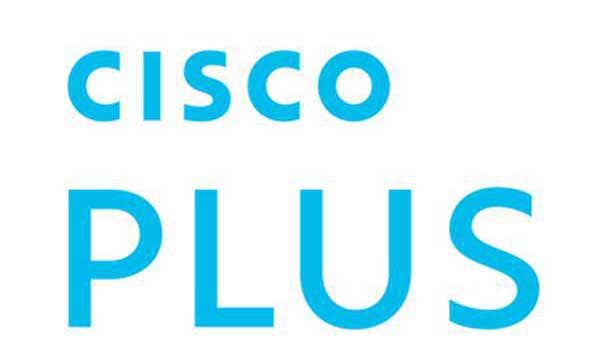
9. Second Cisco Plus Xaas Offer Launched
The company in June took to RSA 2022 in June to launch its second, and highly anticipated Cisco Plus Xaas offer: Cisco Plus Secure Connect Now.
Secure Connect Now, available now in several countries, is a unified security and networking offering. The solution gives partners and enterprises a “turnkey” solution for the quick deployment of Secure Access Service Edge (SASE) that can be operated and managed through the cloud on an as-a-service subscription, Jeetu Patel, executive vice president and general manager of Security and Collaboration at Cisco, told CRN just ahead of the announcement. Cisco Plus Secure Connect Now has been built on a foundation of Cisco’s cloud-first Meraki platform and is accessible via the Meraki dashboard. The offering contains Meraki SD-WAN and Cisco Umbrella security functions.
The latest Cisco Plus offer joins Cisco’s first XaaS offer; Cisco Plus Hybrid Cloud, which includes Cisco’s entire data center compute, networking and storage portfolio and was launched at the end of 2021.
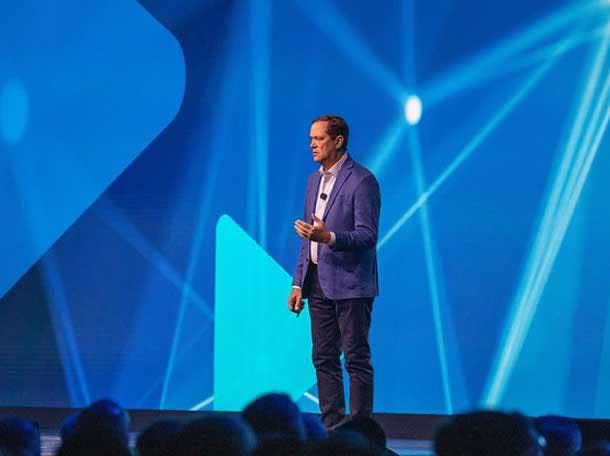
Cisco CEO Chuck Robbins
8 . Robbins Promotes Cisco XaaS, Admits Company Wasn’t ‘Operationally Ready” For XaaS
Cisco has been going through a metamorphosis from hardware heavyweight to software giant and Robbins has been focused on taking the company through yet another transformational journey with the Cisco Plus as-a-service strategy, which allows customers to purchase Cisco IT in a flexible, consumption-based XaaS model.
Robbins in February broke down the importance and opportunity around Cisco Plus and the company’s plan for delivering, eventually, its entire portfolio as a service, in an interview with CRN. Cisco Plus gives customers flexibility, while giving Cisco and its partners predictability of future revenue. That predictability, said Robbins, allows the company to be more assertive.
2022 proved difficult for the XaaS trend, however. Supply chain constraints have been an ongoing obstacle to Cisco Plus because Cisco and its partners couldn’t deliver the equipment that’s part of as-a-service offers, Robbins said in November. At the same time, the company realized it wasn’t quite
operationally ready for XaaS, he added.
It’s been a work in progress and Cisco is prioritizing XaaS through the buildout of the company’s Provider partner role the company introduced in 2021 within its Global Partner Program, modular programs and new incentive schemes around Cisco Plus. At Partner Summit 2022, the tech giant also revealed it had tripled the number of staff working on service creation motions with partners, as well as a 1.5x payout multiplier to support the growth of partner-managed SD-WAN, SASE, and full-stack observability offers.

7 . Cisco Halts Business In Russia
Joining some of the largest IT leaders in the country that have also said they are joining in historic sanctions against Russia, including Apple, Microsoft, Oracle, and Google to name a few, Cisco in March made historic moves when it announced it was stopping all business operations, including sales and services, in Russia and Belarus for the foreseeable future as a direct consequence of Russia’s unprovoked invasion of Ukraine.
Cisco at the same time enabled auto-renewals on any software or services for Ukrainian customers at no charge and extended one free year of Webex meetings. The company also provided free calls to Ukraine in support of customers and partners in the country.
The company also beefed-up security to help protect organizations in Ukraine from cyberattacks, safeguard the privacy of institutions in Ukraine and the region, and to help the Ukrainian government secure its infrastructure. That work, said Robbins at the time, was being done by Cisco’s Talos threat intelligence team, one of the largest commercial threat intelligence teams in the world.
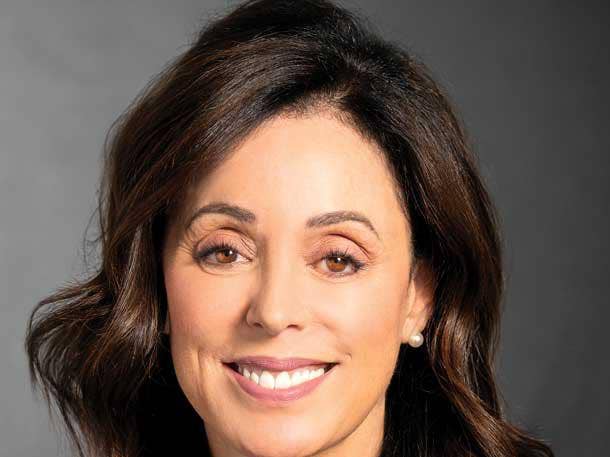
6 . Cisco ELT Member Gerri Elliott Retires
In January, Gerri Elliott, Cisco’s executive vice president, chief customer and partner officer since 2018, announced she would be retiring.
Elliott joined Cisco in 2018 as its chief customer and partner officer, but the longtime tech leader has held a variety of impressive positions working for some of the largest leaders in the tech industry. Before Cisco, she spent more than five years as executive vice president and strategic advisor to the Juniper Networks’ CEO. She held a variety of positions during her tenure at Juniper, having also served as chief customer officer and chief sales services and support officer for the company. Prior to her time with Juniper Networks, Elliott served as corporate vice president, worldwide public sector for Microsoft for more than seven years and IBM, where she led the company’s North American Distribution sector.
Succeeding her as of May 1 was Jeff Sharritts, the company’s former senior vice president of Americas, who joined the ranks of Cisco’s Executive Leadership Team as executive vice president and chief customer and partner officer this Spring, according to the company. Elliott remains a strategic advisor for Cisco.

5 . Cisco To Raise Operating Expenses By $1B
In more financial news, Robbins reportedly told managers in August that it would increase operating expenses by $1 billion over the next 12 months. The move was said to in part raise salaries to keep people from leaving the company and to help slow a then-rise in employee departures.
Over the company’s fiscal 2022 year, Cisco shrank its operating expenses, making the August move unexpected to many in the industry. The tech giant faced a challenging fiscal 2022 thanks to macro trends plaguing businesses all over the world, including Russia’s war on Ukraine, COVID-19-related closures in China and supply chain challenges.

4 . Supply Chain Struggles, Record Backlog Impact Cisco’s 2022 Earnings
The tech giant during its Q3 2022 earnings call in May revealed a record-breaking customer software and product order backlog to the tune of more than $15 billion, which was up 10 percent sequentially and up 130 percent year over year. That figure didn’t get much better when Cisco in August reported its earnings for final fiscal quarter of the year. While the company didn’t disclose numbers for this quarter, it once again said it had triple-digit backlog growth that fueled the backlog to the highest level ever recorded in the company’s history.
Robbins said that Cisco was working to mitigating supply challenges by working closely with the company’s key suppliers and contract manufacturers and paying significantly higher logistics costs to get the components where they’re most needed.
The record-breaking backlog began to ease during the company’s first fiscal quarter of 2023, announced in November, when Cisco began reporting an easing of supply chain constraints and component shortages.
“We are constantly evaluating our global supply chain,” said Robbins last summer. “It’s not about one country, it’s about resilience. And the way we’ve designed supply chains over the last 15-20 years as an industry -- I think we all realize we’re evolving that now at the same time that we’re triaging all of the current issues that we have.”

3. Cisco Reportedly Interested In Buying Splunk For More Than $20B
In what would have be a monster acquisition for the tech giant, Cisco in February reportedly put down a takeover offer for Splunk worth more than $20 billion, the Wall Street Journal reported at the time.
The reported deal would be the largest price tag that Cisco has ever paid for company. A Cisco-Splunk tie-up would combine Cisco’s strength in network security with San Francisco-based Splunk’s strength in data-focused security operations. If the deal went through, it would close gaps in Cisco’s security portfolio and complement its growing observability business, solution providers told CRN in February.
Robbins, for is part, addressed the reports regarding a proposed deal with Splunk during the company’s earnings call later that month.
“We are always disciplined and continue to focus on organic and inorganic opportunities … You should expect us to continue to be very disciplined as we move forward,” Robbins said at the time. “We are constantly evaluating potential opportunities. For every deal we do, we probably look at 10-15 companies. We base our decisions on strategic fit, cultural fit, and equally as important, the financial and evaluation fit.”
The reported deal, however, never panned out for either company and Splunk, founded in 2003, remains an independent company.

Todd Nightingale
2. Cisco ELT Member Todd Nightingale Leaves To Join Fastly As CEO
Todd Nightingale, then-senior vice president and general manager of Cisco’s Enterprise Networking and Cloud Business and one of the tech giant’s executive leaders, in August revealed his plans to jump to edge cloud company Fastly Inc. as the company’s new CEO, which went into effect on Sept. 1.
Nightingale joined Cisco in 2012 when the company acquired cloud networking specialist Meraki. Previously, he served as senior vice president and general manager of Cisco’s Meraki business, which leads the tech giant’s managed services charge today. He climbed the ranks within Cisco, most recently serving as executive vice president and general manager of Cisco’s Enterprise Networking and Cloud. He managed business strategy and development efforts for Cisco’s multibillion-dollar networking portfolio. Cisco, as a result of his departure, combined its Enterprise Networking and Cloud division with the Mass-Scale Infrastructure Group, which is now led by Jonathan Davidson, then-executive vice president and general manager of Cisco’s Mass-Scale Infrastructure group and now executive vice president and general manager of the Cisco Networking team.
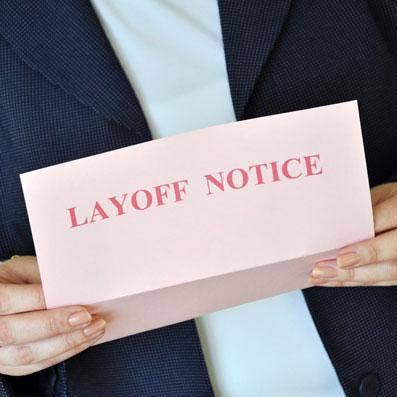
1. Cisco Announces Layoffs Involving 5 Percent Of Workforce; Real Estate Rebalancing
Cisco in November during its fiscal Q1 2023 earnings call revealed plans to lay off employees and reduce some of its real estate as the company seeks to right-size some of its business units.
Cisco CEO Chuck Robbins took to the earnings call to confirm plans to “rebalance” certain business units, including its Collaboration segment. Employees started to be notified later that week. The company expects to recognize pretax charges of around $600 million in conjunction with its plan. The charges, which are primarily cash-based, will consist of severance and other-time termination benefits, real estate-related charges and other costs. Cisco said it expects to recognize about $300 million of these charges in its second fiscal quarter of 2023, about $200 million in the second half of fiscal 2023 and the remaining amount through the first quarter of fiscal 2024.
A Cisco spokesperson confirmed to CRN last month that the company would be undertaking a “limited business restructuring that will right-size our real estate portfolio and will impact approximately 5 percent of our workforce.”